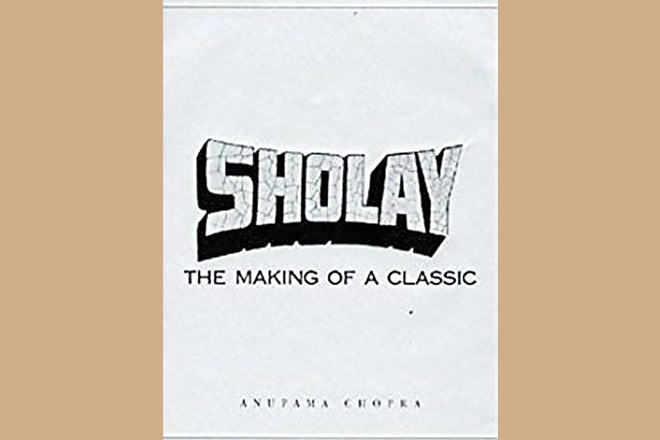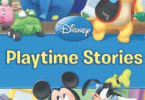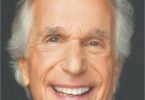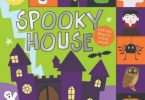BOOK REVIEW
Every year there comes a Bollywood film that raises the bar so high that it leaves the audience mystified with its story and what went behind its making and production. But no Bollywood film has managed to go higher than Ramesh Sippy’s classic Sholay that came, flopped at first but later was declared a blockbuster; one of the underdog films that emerged out of Bollywood.
Veteran journalist Anupama Chopra’s Sholay: Making of a Classic brings forward untold stories from the making of the film. They are as interesting as the enduring classic.
For one thing, it tells you a number of things about the film’s casting. For instance, Shatrughan Sinha was the original choice to play Jai; Danny Denzongpa was locked for the role of Gabbar Singh and that there was a real-life Soorma Bhopali that Jagdeep imitated onscreen. It reveals that Amjad Khan’s voice was considered not in tone with the character he went on to immortalize.
Sholay: The Making of a Classic is full of several stories including why Bangalore was chosen as the venue for the shooting the film, why the producers wanted the film in the untested 70 mm, why Ramesh Sippy was adamant on not changing the climax (which he did) and what were the reasons behind hiring Hollywood stunt directors instead of the experienced Bollywood crew.
This book features behind the scene pictures of Sholay that were never released to the general public for a long time; you get to see images of people such as the cinematographer Dwarka Divecha, who was the reason behind the brilliant photography of India’s first spaghetti western. It sheds a light on editor MS Shinde, who had never edited a film that was simultaneously being shot. It features music composer R.D. Burman, who gave a wonderful background score for the movie and Anand Bakhshi, who churned out songs for an eastern western without creating a fuss. These were the people who helped Ramesh Sippy continue his golden run at the box office that began with Andaz, hit greatness with Seeta Aur Geeta and reached unpredictable heights with Sholay.
As an author, Anupama Chopra must be commended for her research and talking to all the right people associated with the film. Through her prose, she makes the audience realize that before ‘The Greatest Story Ever Told’ films in Bollywood were made as a hobby and stuntmen were paid minimum wages with no safety and security.
It was Sholay that changed this unprofessional behaviour as the Hollywood stunt directors ensured that all regulations were followed. Even then at the climax, Amitabh Bachchan escaped an accident as a real bullet (used in the film’s action sequences) missed him and the stunt directors didn’t speak to Dharmendra (who accidentally fired the shot) until he promised to remain sober on the sets.
How was Sholay conceived? How did writers Salim – Javed meet Ramesh Sippy? Why was Amjad Khan, a newbie, ultimately selected for the role of Gabbar Singh, who pushed the director to choose a pre-Zanjeer Amitabh Bachchan for the role of Jai? What were the three words that made MacMohan famous overnight and why didn’t the censor authority approve the ending where Gabbar is killed by Thakur and his family’s massacre is avenged? These are the kind of stories you will find in this giant book about Sholay that is as grand as the film itself was when it was released in 1975.
Read it to understand that it’s always teamwork and never an individual behind the good things in life and Sholay was easily the greatest example of teamwork to have happened to Bollywood, in the last 100 years.







